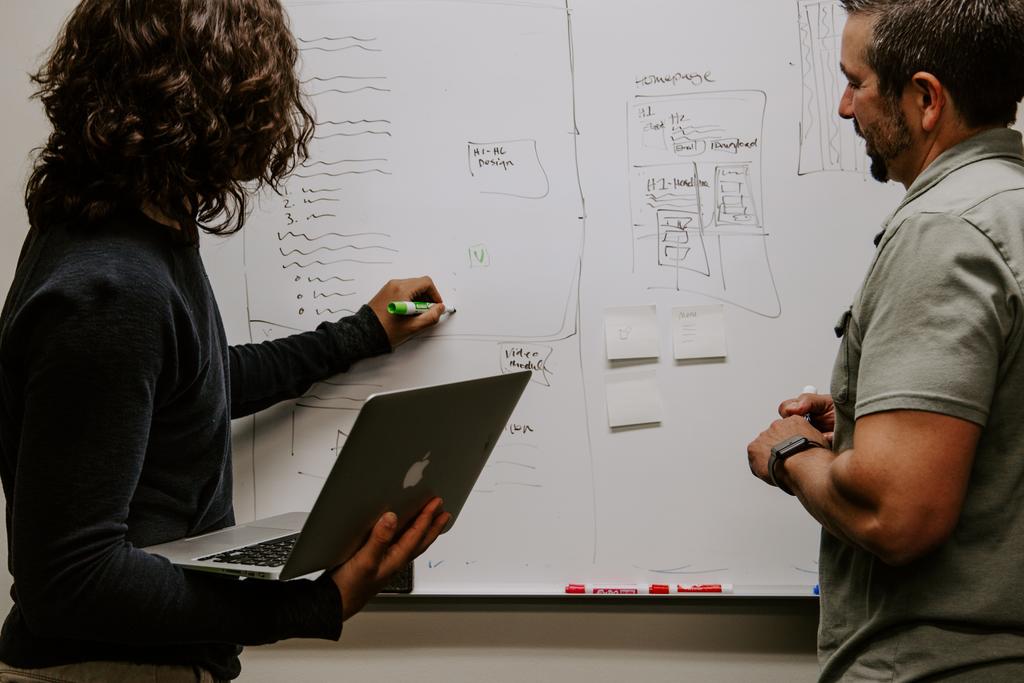Michelle Wright writes for Charities Management
25 February 2020 | By Michelle Wright
Doing things differently and together

Michelle Wright, founder and CEO of fundraising support company Cause4, says a new decade for the charity sector requires new approaches.
Henry Ford’s old adage “If you always do what you’ve always done, you’ll always get what you’ve always got” is still a bit “on the nose” today, regrettably, for some sections of the charity sector. Long-established institutions can all too easily rely on their entrenched eco-systems of familiar faces and regular tentpole fundraising events, communicating to the same mailing list of people who share their views and demographic.
This insular “donor class” mentality doesn’t sit well in a world where charities are increasingly under scrutiny by the press and social media. So, what can charities do to freshen up their approach and diversify their stakeholder and revenue scope in the coming decade?
Collaboration over funding
There’s a lot of talk about collaboration and partnership in the charity sector but there is often little evidence of a collaborative culture. Yet it’s essential if we want to bring more people into our sector. A spirit of community can enable social action and social innovation to flourish.
Partnership should, in my view, also be at the heart of any funding agreement, particularly from statutory funders that have a responsibility to drive change. This also relates to poor commissioning processes particularly from central government which pitches charities into competition with each other rather than looking at joined up approaches to solutions. Such practice is prevalent in sectors such as homelessness. It ultimately leads to delivery failures as charities attempt to keep broken promises.
Stakeholders with a shared narrative
We can see evidence of collaborative models that create positive social change in programmes such as Amplify, a project run by the Young Foundation, which aims to build movements of people to create positive social change in their own locality. Working in towns in Northern Ireland and Wales, it used a range of ethnographic techniques, such as art and storytelling workshops, to develop a shared narrative about how these communities would like to look in the future.
Actions included a community café as an affordable space for people to meet and a town festival to bring people together despite their different backgrounds. These important techniques support individuals to repurpose local assets voluntarily for current and future generations.
Linking services across sectors
There are also models of joined up charitable and public engagement, as demonstrated by Arts Council England’s Cultural Education Challenge. This prompted the creation of the first local cultural education partnerships, involving place-based networks of arts and cultural organisations and education providers coming together to champion children and young people’s access to cultural education in their areas. In 2019 there were 97 Local Cultural Educational Partnerships (LCEPs) across the country operating in a range of structures with a vast array of different partners.
This joined up approach to tackling local issues enables the reach and combined expertise of the partnerships to extend access to a range of different funds including healthcare, social care, justice, youth services and housing. Lowestoft Rising is a great example of an LCEP that sits within the police force. The impact of its work goes beyond culture and education and is a very different approach to delivering public services and place-making.
Potentially this approach to interested parties coming together to deliver tangible benefits is a model for broader charity engagement in other areas. The future of sustainable, local interventions depends on being able to effectively rationalise costs, leverage support through appealing to a broader spectrum of supporters, and taking ownership of a national agenda at a local level. Driving systems and change requires effective collaboration between public, private and social sectors.
Donating in the digital sphere
Data philanthropy heralds a new form of partnership in which private sector companies share data for public benefit and/or social purposes such as improving healthcare or the ability to respond to disasters. We are already seeing it via corporate philanthropy. Companies are donating data - for example, anonymised store card data that may give early predictions of certain diseases - to UN and NGO initiatives.
Challenger banks and micro donations are a growing factor and opportunities to engage with potential donors at their financial “source” will only increase in the 2020s. Online, disruptive tech challenger banks, such as Monzo and Revolut, are overwhelmingly used by people under 30. With better access to data/analytics than traditional banks these new kids on the virtual block offer their customers a range of ways to contribute to their favoured causes. Monzo, for example, has 13 categories for budget setting, including a “give to charity” code.
Big donors bring big ideas
Finding new donors or volunteers isn’t necessarily a small scale endeavour. Don’t be afraid to think big. The 21st century has seen an unprecedented rise in the numbers of the ultra-wealthy, with the highest concentration of billionaires per capita, unsurprisingly, in San Francisco - the heart of the tech industry. Many of these tech billionaires are getting actively involved, applying their solutions-based business models to their philanthropy.
Research firm Wealth-X concluded in its 2019 Trends in Ultra-High Net Worth Giving report that young billionaires, i.e. those under 45 with net worth above $30bn, want to know exactly how their money will be used and what impact it will have. Could you use that kind of initiative and skill set on your board?
Giving in anger
The fact that the next phase of charity is likely to be an activist one can be seen in many areas. After President Donald Trump’s 2016 election, many progressive organisations experienced an influx of rapid-fire online donations in so called “rage-based” philanthropy. We also saw this more recently in the UK with the surge in donations to homeless charities and food banks after December’s general election.
The rise of “rage giving” creates quandaries for the charity sector. It’s effective in the moment but there is a real risk of rage-exhaustion, especially when we are bombarded with bad news. This form of philanthropy can be more challenging to sustain, but it can also be a way to forge relationships with donors that can continue above and beyond any initial funding emergency or threat.
Ethical and ecological accountability
Consumers, beneficiaries and audiences will increasingly view the sustainability and the eco and ethical credentials of a charity as key factors in their decision to support a cause. This will have a knock-on effect on the way in which we fundraise and how we relate to charitable giving. Along with Big Pharma donors and issues like the working conditions for low paid employees, the climate emergency will increasingly come to dominate the discourse of the 2020s.
Undoubtedly, this widespread shift in public opinion is already emerging, as can be seen in the successful protests against fossil fuel companies funding public art spaces, like the BP “die ins” at the British Museum.
Modern work charity environments
Work in the 21st century is changing in almost every field, and the charity sector is no different. We can most likely expect an increase in automated jobs, a transformed labour market from manufacturing to services, a skills crisis and new legal protections for the gig economy. The charity sector has so far been very slow to adapt even to the most benign changes in how work is best organised.
Whilst the private sector has embraced the modes of operating in co-working spaces to facilitate remote working and flexible working practices, many charities still largely operate in large, uneconomic buildings with poor infrastructure and technology. This has to change. On a more prosaic note, efficiency audits on how time and money are spent are a dull but necessary part of improving how charities operate.
Diversity will not just happen by itself. It ought to be an actionable core value for any modern charitable organisation. Those who deal with disadvantage in their lives on a daily basis also have the potential to bring fresh narratives into the fundraising and development sector, changing both the nature of giving and the profile of givers too. It’s an exciting prospect that’s worth the investment.
The NCVO is predicting “a challenging year ahead for charities, which are likely to see increased demand for their services, while at the same time face ongoing pressures on funding sources and greater scrutiny”. The 2020s could be the decade when we radically rethink how - and where - we find our donors and fundraising partners.
It’s time to reach out further, recognise that opportunities exist outside traditional channels and change the nature of communications to appeal to those whose views may differ from our own. From the next generation of big donors to bank account linked micro payments, the fundraising landscape is changing, and we can - and must - change with it. And remember, there’s nothing to fear from asking the extraordinary - the future starts here.
Read the original article here.



